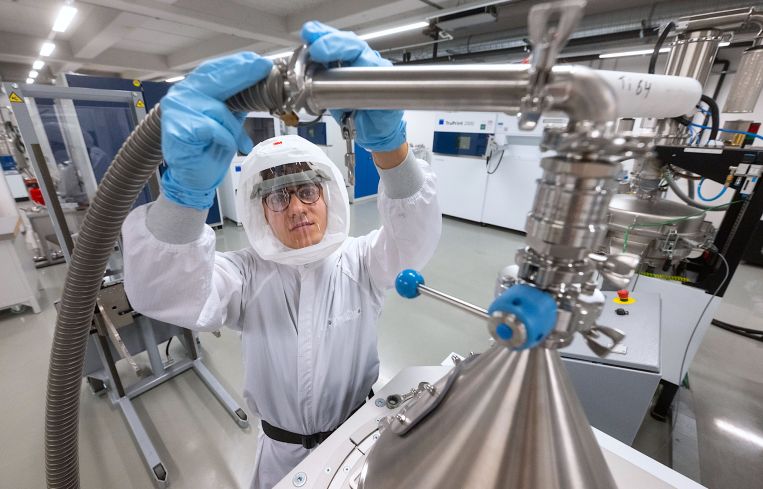Flex, Retrofits and Sustainability Should Be Top of Mind for Lab Owners: Survey
By Greg Cornfield July 24, 2025 1:40 pm
reprints
The U.S. life sciences sector is at a turning point, with a glut of new lab space and declining venture capital and federal funding further pushing developers to meet evolving kinds of demand, according to a new survey.
Engineering and design company Unispace surveyed 400 senior and mid-level executives across the United States, the United Kingdom, Ireland, Switzerland and India, and in the fields of biotechnology, pharmaceutical manufacturing and medical tech, to identify key challenges and priorities influencing life sciences development.
While the U.S. market faces a severe market correction with demand shifting from traditional wet lab space toward more adaptable, tech-enabled developments, more than half of respondents have concerns over return on investment on lab development.
Given the current market glut, the survey said developers should expect more retrofits and adaptive reuse, especially in the big hubs like Greater Boston, San Diego County and the San Francisco Bay Area. Underutilized lab campuses could pivot toward hybrid R&D, incubator models, or advanced manufacturing functions.
As the top three hubs adapt to slower demand, secondary markets like Raleigh-Durham, Houston and Salt Lake City could benefit.
Flexibility has gone from office to laboratory, too, it looks like. Sixty-one percent of U.S. life sciences executives rank flexible, modular space as a top design priority, driven by the need to accommodate rapidly evolving research, technology requirements and workforce structures.
“U.S. life science executives believe they have the winning formula when it comes to designing labs that will support their organization’s speed-to-market goals,” Unispace’s Alicia Inman explained. “However, the bigger challenge is making the upfront investment in the new facility itself due to the current economic climate.”
Biotech respondents said they are concerned with existing lab flexibility, with fewer than half saying their current spaces were highly adaptable — a sentiment that may fuel demand for subleasing, downsizing or repurposing
Lab tenants also want more technological capabilities. Fifty-seven percent of decision-makers cited a need for more tech integration — for artificial intelligence, Internet of Things and digital simulations — as the most important factor for future labs. Cloud computing and augmented reality are enabling remote collaboration and further reducing a reliance on wet labs, the survey found.
It’s not just about the lab. Human-centered design also informs site selection, with 72 percent of global executives responding that factors such as natural light, wellness areas and ergonomic furniture are essential. In the U.S., more than half of respondents want inclusive and visually striking spaces that support collaboration and employee satisfaction.
Sustainability has shifted from a value-add to a foundational requirement for many life sciences leaders, with 46 percent saying sustainability is one of their top three design drivers. That creates more financial challenges for overleveraged landlords and slowing development.
“It’s now table stakes for labs to incorporate eco-friendly construction materials, smart lighting, energy-efficient HVAC systems, and innovative waste and water management strategies in any new build,” Inman added.
Gregory Cornfield can be reached at gcornfield@commercialobserver.com.



